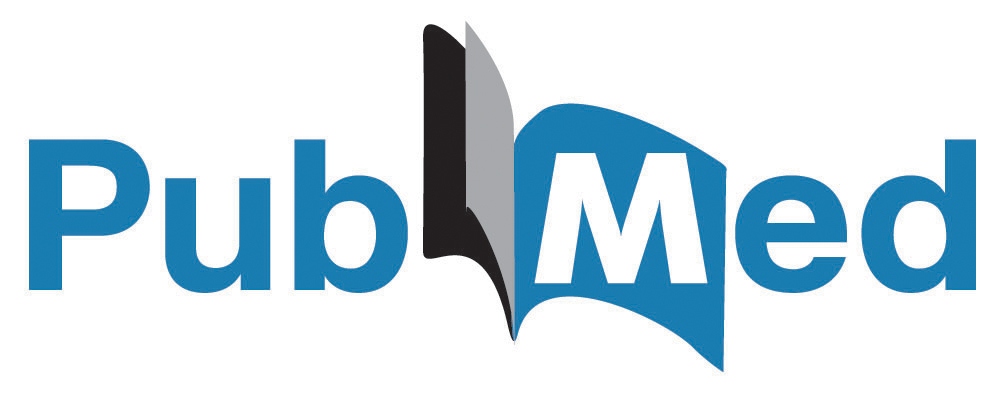Author(s): Arwa Ziadi, Hèla Ben Jmaà*, Mohamed Seddik, Samar Mejri, Majdi Gueldich, Aiman Dammak and Imed Frikha
The successful management of patients with blunt abdominal trauma depends on early diagnosis and therapy. We present the case of a 64-year-old man involved in a fall with blunt abdominal trauma. Initial computed tomography (CT) showed a dissection of the infra renal aorta associated with aneurysmal dilation, comminuted compression fractures of the vertebral bodies of D2 and D3, sequelae of anterior compression fracture of the vertebral body of L2 and multiple rib fractures, simple and displaced without fail chest. Chronicity of the dissection was successfully obtained by only medical management, and after 6 days the patient was able to leave our department in good general condition. We present a case of acute of the infra- renal aorta and its successful management with conservative traumatic dissection treatment.
Acute traumatic dissection of the aorta secondary to blunt trauma is a rare but potentially fatal injury [1]. with a wide spectrum of clinical manifestations [2]. It results from an intimal tear that separates the layers of the aortic wall, allowing blood to flow between the layers. Since the abdominal aorta is highly protected by its retro-peritoneal position, the dissection would generally have been induced by high-energy trauma. This potentially fatal lesion may be asymptomatic at first, and the appropriate management is not yet well defined. Surgery is, for the most part, considered the best treatment. However, conservative medical management can also be appreciated.
A 64-year-old man with no medical history, was admitted to our hospital following a domestic accident (falling from the stairs to a height of 2.5 meters) with a cervical, thoracic and abdominal impact point.
On his arrival to the emergency department, he was conscious, with a good hemodynamic and respiratory state, a distended abdomen, a deficit of motricity of the lower right limb, a superficial wound of the scalp, and multiple abrasions at the level of the chest wall.
A body scan revealed a dissection of the infra renal aorta extending 31 mm distally and starting approximately 40 mm below the left renal artery with a circulating false lumen giving rise to the inferior enteric artery which is opacified. This dissection is associated with aneurysmal dilation. The scan also documented sequelae of anterior compression fracture of the vertebral body of L2 with retreat of the post wall at 23% with osteocondensation, comminuted compression fractures of the vertebral bodies of D2 and D3 and multiple rib fractures, simple and displaced without fail chest (figures 1 and 2).
The patient was then referred to us for additional care. We opted for medical treatment which essentially consisted of reducing pain and controlling blood pressure, with the aim of limiting the progression of the dissection.
The patient remained hemodynamically stable and without signs of vascular deficits of the lower limbs or in the abdominal organs. Six days later, with the obtaining of a chronicity of the dissection, the patient was transferred to the orthopedic department for osteosynthesis of the spine and his right wrist fractures.

Figure 1: Computed tomography scan of the abdomen shows the dissection of the infrarenal abdominal aorta

Figure 2: Computed tomography scan of the abdomen shows the dissection of the infrarenal abdominal aorta along with the comminuted compression fracture of L2 (arrow)
Non penetrating injuries of the abdominal aorta are rare [3]. The incidence of infra renal aortic dissection in blunt trauma is unknown, because many patients with intimal disruption do not reach the hospital alive [2]. However, we notice an increase in the number of diagnosis of traumatic aortic dissection. In this regard, the necessity for a computed tomography (CT) scan with intravenous contrast enhancement is essential [4].
The appropriate management of acute abdominal aortic dissection is not well defined [5].
Three approaches have been documented in the literature with regard to the management of blunt abdominal aortic injuries: open surgery, endovascular, or medical management [3]. A popular first choice is conventional surgery but a conservative imagingguided approach using serial computed tomography and Doppler ultrasound scans may be a good option. A Review and MetaAnalysis of 92 patients with abdominal aortic dissection conducted by Frederik et al [6] reported 25 (27%) cases that were managed medically. One patient died before treatment could be initiated (this patient was removed from the outcome analysis to more accurately compare treatment modes). Another patient refused surgical repair and was managed successfully with conservative treatment. The mean length of stay of patients who received conservative medical treatment was 3 days versus 12 days for open surgery cases and 10 days for endovascular repairs. More complications were reported for the patients who underwent open surgery 13%, 5.2% for endovascular repair versus 3.8% for nonoperatively managed patients
For our patient, who was hemodynamically stable and had a relatively short dissection without evidence of ischemia, we chose the non-invasive approach. In cases of persistent pain or expanding AAA, an intervention is justified in order to restore the vessel wall. As this case illustrates, medical management can be successful for the treatment of acute traumatic dissections of the abdominal aorta.
Acute dissection of the abdominal aorta secondary to blunt trauma is a rare injury, but with a high morbidity and mortality. It requires multidisciplinary management in a specialized center. In the absence of ischemic paraplegia or other injuries that require emergent surgery, conservative medical management can be a safe and efficient method for treating traumatic infra renal aortic dissection.
